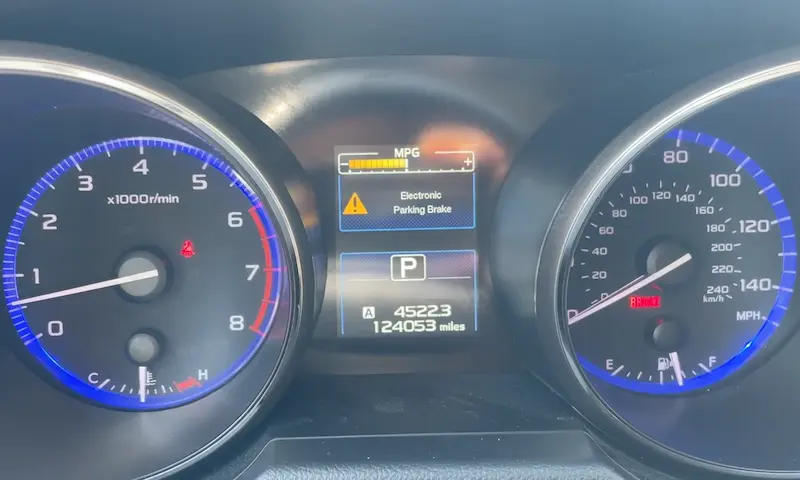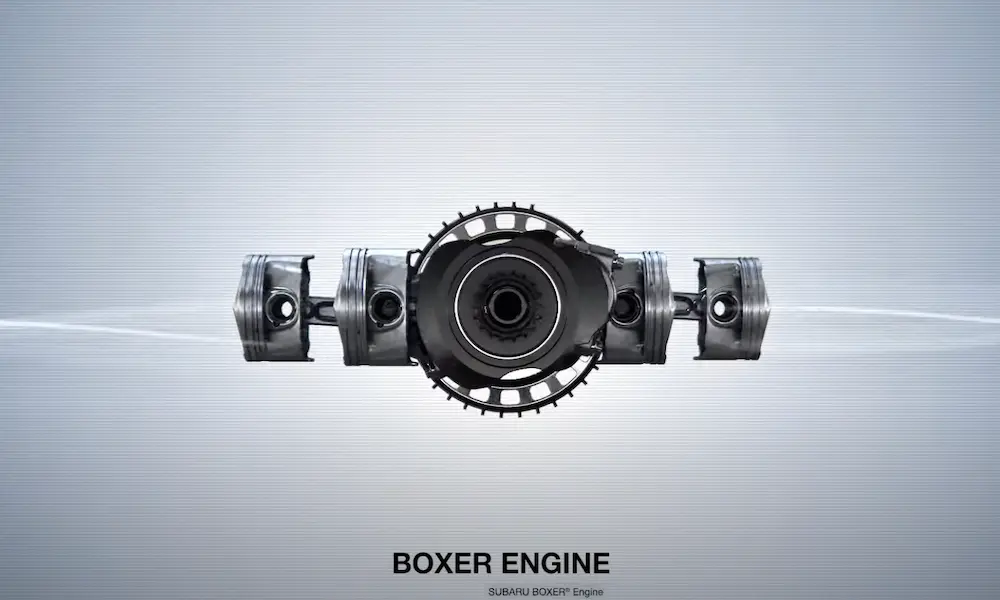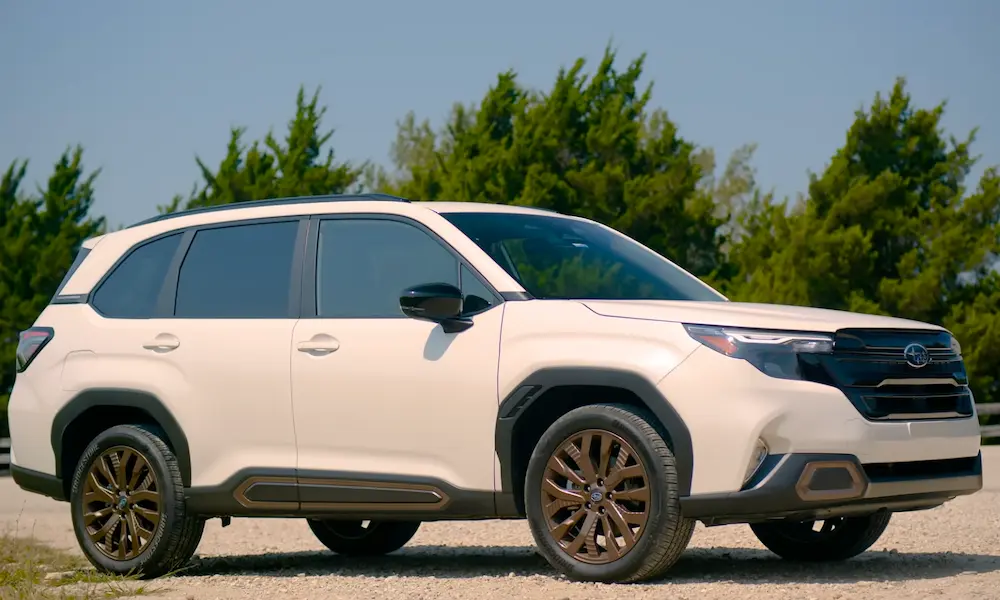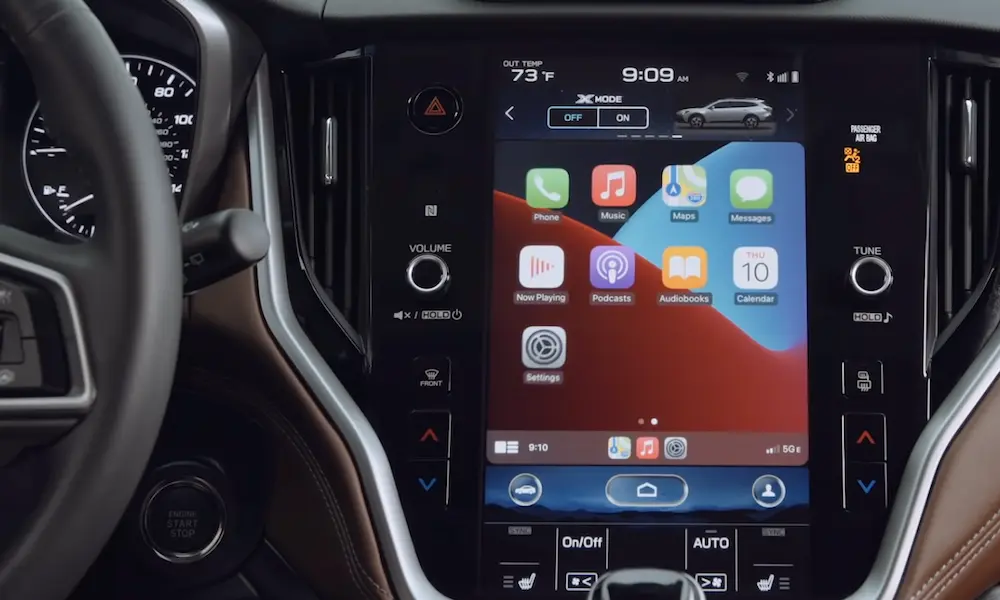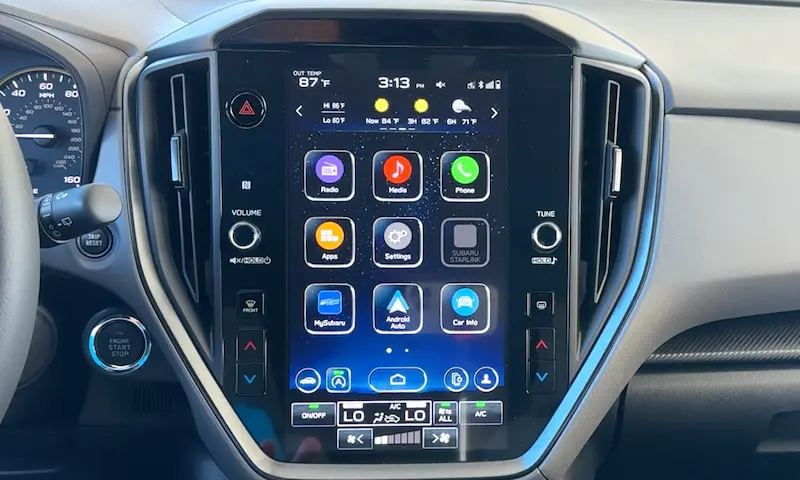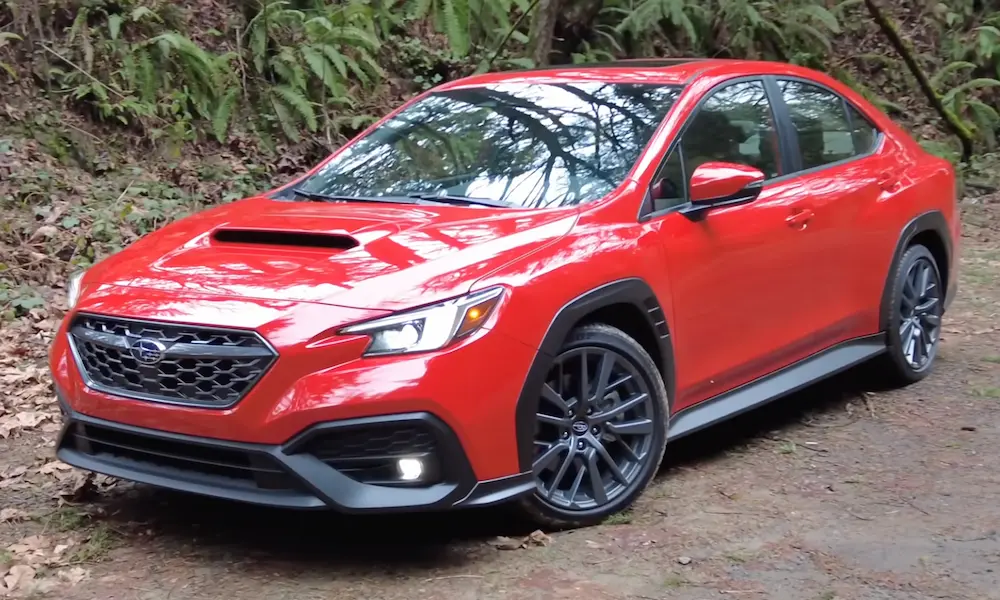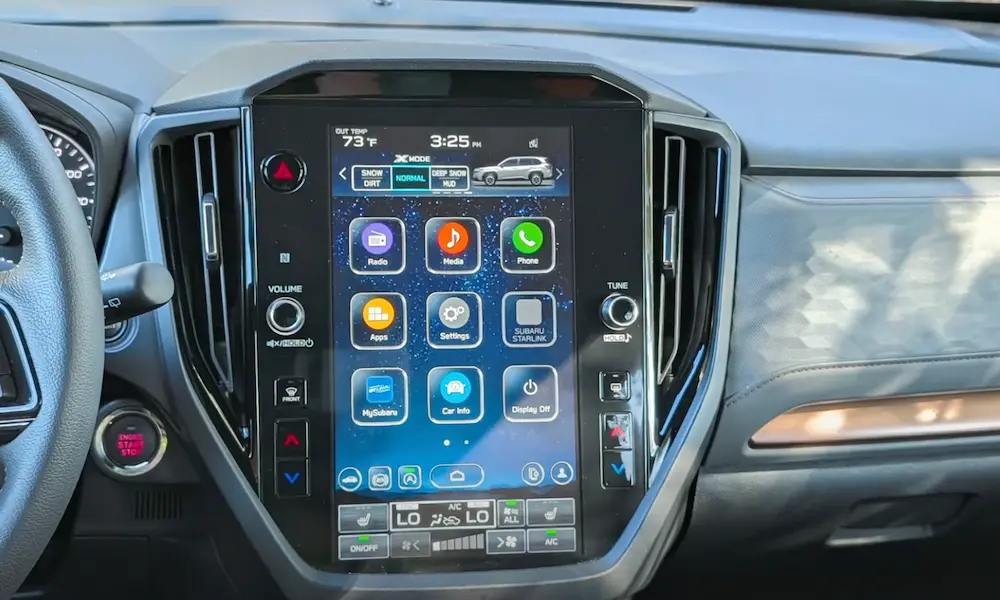Experiencing transmission problems with your Subaru Crosstrek? You’re not alone. Many Crosstrek owners encounter issues like erratic shifting and jerking, which can be frustrating. Knowing what to look out for and how to address these problems can save you time and money. Stick around to explore common issues and potential fixes, helping you navigate your way to a smoother driving experience.
Common Transmission Issues in Subaru Crosstrek
The Subaru Crosstrek can experience a range of transmission problems. This section covers issues like stalling, shuddering, fluid leaks, and overheating to help you understand what to expect and how to address these concerns.
Stalling and Hesitation
If you notice your Subaru Crosstrek stalling or hesitating, especially during gear shifts, this could indicate transmission trouble. Stalling often happens when the engine struggles to maintain power, leaving you in a tricky situation at stops or during acceleration.
Hesitation might be due to dirty transmission fluid or worn-out components. Both of these affect the performance and can become more severe if not addressed. Regular maintenance checks and replacing transmission fluid when needed can help alleviate these issues. If ignored, these problems might lead to more costly repairs down the line.
Shuddering and Jerking
Shuddering and jerking are also common symptoms that your transmission is struggling. Imagine driving, and suddenly your car starts to shake or jerk—this can be alarming. These symptoms usually point to issues within the TR580 Lineartronic CVT, which is a common transmission in the Crosstrek.
Shuddering often occurs when shifting gears or accelerating. It’s sometimes linked to worn-out clutch packs or improper fluid levels. Paying attention to these signs early can prevent more severe damage. Regular check-ups and timely fluid replacements are crucial for keeping these problems at bay.
Fluid Seepage and Leaks
Transmission fluid leaks are another headache you might face. Fluid seepage can lead to low transmission fluid levels, affecting the lubrication and cooling of transmission components. You might spot these leaks as reddish-brown spots under your car.
Look for visible signs of leaks or check the transmission fluid level to spot issues early. Ignoring leaks can cause serious damage, leading to costly repairs. Seals and gaskets are common culprits, so replacing them when worn out can prevent leaks and keep your transmission healthy.
Overheating Concerns
Overheating is a serious issue that can arise in the Subaru Crosstrek’s transmission. If you notice a burning smell or see a transmission warning light on your dashboard, it’s crucial to act swiftly. Overheating often results from issues like low fluid levels or clogged fluid lines.
When transmission fluid can’t properly cool the transmission, heat builds up. You might need to flush the system or refill the fluid. Addressing overheating quickly is essential to prevent gear damage or complete transmission failure. Paying attention to your car’s signals can save you from expensive fixes in the future.
Taking Action on Transmission Problems
Addressing transmission issues in your Subaru Crosstrek involves regular upkeep and knowing when to reach out for professional help. Understanding repair costs and warranty options can also save you money and stress.
Regular Maintenance and Prevention
Stay on top of maintenance to prevent transmission problems. Regularly check your transmission fluid. Look for proper levels and clarity; if it’s low or dirty, replace it. Clean fluid helps in avoiding overheating and wear.
Consider setting reminders for routine inspections. Basic steps like these can fend off much larger issues down the road. Keeping up with your service schedule as outlined in your vehicle’s manual can prolong the transmission’s life and maintain performance.
Exploring Repair Costs and Extended Warranty
Repair costs can vary widely. Factors like the problem’s severity and whether you choose new parts or refurbished ones matter. CVT transmission issues might cost several thousand dollars, but having an extended warranty can help.
Check if your vehicle’s warranty covers transmission repairs. If your regular warranty expired, look into extended options to save on big expenses. Subaru offers specific plans, which can offer peace of mind against high maintenance costs.
Subaru Crosstrek Reliability and Owner Experience
When it comes to the Subaru Crosstrek, reliability and owner experiences vary across different model years. It’s essential to look at the data, owner feedback, and how Crosstrek compares to related models like the Subaru Outback and Subaru Impreza.
Analyzing Crosstrek Reliability Data
You might be curious about how reliable the Subaru Crosstrek is. Different model years present varied reliability. Generally, Crosstrek has a good reputation for reliability due to its durable build and capable performance.
Reliability data often highlights the strengths and weaknesses of each model year. Some models face issues, such as head gasket problems, which can affect overall dependability.
Owner Reports and Recalls
Listening to other owners’ experiences can give you a clearer understanding of what to expect. A common complaint involves transmission issues, notably with the TR580 Lineartronic CVT. These problems might include erratic shifting and jerking.
Despite these complaints, not all years have the same issues. The second-generation Crosstrek generally experiences fewer transmission headaches. Still, it’s useful to keep an eye on recalls and service bulletins that might affect your Subaru model.
Recalls sometimes target widespread issues requiring manufacturer attention, so staying updated is wise.
Maintaining Your Subaru Crosstrek’s Transmission Health
Keeping your Subaru Crosstrek’s transmission in top shape involves regular maintenance and attention to fluid changes. These steps help ensure smooth performance and reduce the risk of bigger problems.
Best Practices for Maintenance
Regular maintenance includes checking your transmission fluid levels and condition. This is crucial for a crossover SUV like the Subaru Crosstrek, as it often handles varied terrains thanks to its all-wheel drive system. Make sure the fluid is at the appropriate level and looks clear, not burnt or dirty.
In addition, pay attention to unusual sounds or changes in how your Subaru drives. Strange noises or shifts could signal transmission issues. Stick to the recommended maintenance schedule found in your owner’s manual. Regular inspections by a professional can preempt costly repairs.
Understanding Fluid Changes and Servicing
Transmission fluid plays a key role in keeping your vehicle running smoothly. For your Crosstrek, it’s important to know when to change this fluid. Check the owner’s manual for specific intervals. If you drive your SUV in tough conditions, like off-road or in hot climates, you might need more frequent changes.
Make sure to use the correct type of transmission fluid. Using the wrong fluid can lead to problems, so consulting your manual or a qualified technician is wise. Regular servicing is a proactive way to sustain vehicle health, preventing issues before they arise. Consider setting reminders for services to ensure you don’t miss any updates.




